US lifestyle brand Anthropologie’s inspired visual merchandising rarely fails to impress, but is its third UK store and its first in Scotland sufficiently different from its London outposts? John Ryan visits
Anthropologie, Edinburgh
Size10,000 sq ft
Number of floors2
DesignIn-house
Opening dateJune 15
Reason for visitingThere’s no other store like it
There aren’t many stores shoppers claim they could live in - indeed, for some, this might be the ultimate consumerist nightmare. That, however, was the claim being made by Wendy B McDevitt, co-president and chief operating officer of US lifestyle brand Anthropologie, following talks with shoppers at the pre-opening party for the retailer’s Edinburgh store a little over a week ago.
She has a point as this is a 10,000 sq ft store that manages that rare trick of making you feel like an interior designer but in an accessible, rather than Hoxton, manner. This is interior design with the pretension taken out. The store is a little like walking into a grown-up and beautifully designed house where you immediately feel at home, but are not overpowered by design.
It also happens to be the first time that Anthropologie has ventured north of the border and in so doing it has taken a somewhat uninspiring retail interior (albeit a magnificent piece of architecture) that was formerly Austin Reed’s Scottish flagship and turned in into something remarkable. McDevitt says the choice of Edinburgh as the next UK store to follow the two openings in London was simple: “For us, it was a natural fit because the city is deeply embedded in the arts and culture and that’s what the Anthropologie brand is about.”
The choice of this site on Edinburgh’s upmarket George Street was also simple. McDevitt’s husband, Wade L McDevitt - who is president of the Philadelphia-based McDevitt Company Anthropologie’s property agent -says the negotiation with Crown Estate involved a new lease on the building and the landlord was left to agree a deal with Austin Reed.
The real point about this store, however, is that a combination of sensitivity to its existing architectural heritage, inspired visual merchandising and a clever use of space have created a store that feels more like a home than a shop. Yet it is a shop - and the only way to describe what has been done is to take individual areas in order to illustrate the total effect, such is the attention to detail that has been lavished throughout.
All of the visual merchandising is the work of James Smith, who heads up Anthropologie’s store design team and who worked on both the Regent Street and King’s Road stores in London.
Aiming to be different
Standing outside this store, the frontage is actually tastefully low key. Yet as McDevitt - Wendy that is - comments, if you were to remove the unobtrusive black font logo and hover at the entrance looking in, it’s a fair bet you’d know what you were looking at… if you were familiar with the Anthropologie brand and its way of doing things. No store is the same so it is, of course, different from any of the retailer’s other stores. “We spend a lot of time looking for unusual buildings. We have stores in former theatres, cinemas and even a slaughterhouse [it’s in Los Angeles],” says McDevitt.
A former Austin Reed store is something of a tame acquisition by comparison, but George Street is a very grand thoroughfare and Anthropologie has made the most of the ground floor’s semicircular wood-vaulted ceiling and the raised area at the back of the store, which means the visitor can see almost the whole space at a glance. Any visitors are unlikely to do this, however, as there is so much to distract in terms of both the mid-shop installations and the overall visual merchandising that leaves no area untouched. McDevitt says “conceptual inspiration” is provided from the Philadelphia headquarters but that, while this provides a general theme for a store, visual merchandising execution is carried out locally.
In terms of store design, the raised area at the rear has been covered with patterned tiles - a first, according to McDevitt, who says until this store the tendency has been to use tiles to accent specific areas, rather than covering a complete surface.
Mention should also be made of the ‘found objects’. These are everywhere in the store and consist of everything from a rusting sea chest to a vintage, beaten-up table. All are used as display props or pieces of mid-shop equipment and all are for sale. McDevitt says this frequently forces ad hoc merchandising changes - as ‘objects’ are sold, the internal appearance of the store needs to change frequently.
Couple this with the pieces by local artists, jewellery makers and potters - all of which add to the ambience of each floor, but that may disappear to grace the home of a culturally aware shopper - and you have a dynamic fit-out.
In the basement, accessed via a large staircase on the left-hand side of the shop, which incorporates what look like weathered upright railway sleepers, a space has been left at the front of the floor, allowing light from street level to penetrate the interior. This results in the perfect space for a small garden, backed by a dry stone wall and, of course, benefiting from the flood of natural daylight.
Other features include a slick bank of spacious fitting rooms as well as floor and wall jigsaws created from coloured and carefully cut scraps of wood. These, and the fact that parts of both floors are framed by arches, create the illusion that this store is bigger than it really is.
Moving further afield
Anthropologie is aimed at 26 to 45 year olds but, on opening day, there were many shoppers for whom their mid-40s would have been a distant memory. McDevitt says the upper age limit is “in spirit” only and this is a democratic slice of interior and womenswear design. As for ‘living’ in this store, well it might be considered a little extreme but it is easy to see why the opinion might be formed, especially when looking at the large bed in the basement.
So where else might UK shoppers expect to see Anthropologie stores appearing, now that the English and Scottish capitals have been covered? McDevitt says: “We don’t like opening multiple stores at once, but we could certainly do 10 plus stores in the UK.” And if you follow her rules about culture and interesting or old buildings, Manchester, Leeds and Bristolmust all be on the cards… and perhaps also Cardiff, to include another UK capital.
There is also Europe, where Anthropologie has yet to make inroads. This will be high on the agenda, says McDevitt but, if sister brand Urban Outfitters is anything to go by, it may be a while before this comes to fruition. Like many other US retailers crossing the Atlantic, it’s the UK first, then mainland Europe.
When in Edinburgh, the UK’s third Anthropologie store offers another reason for heading to George Street, rather than the lower road that is Princes Street.





















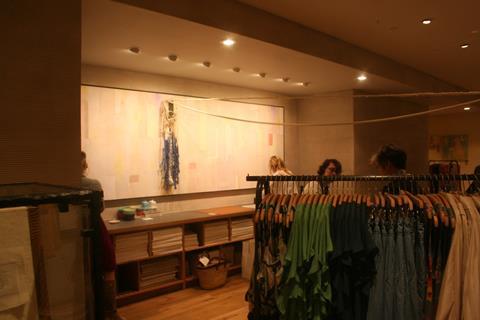
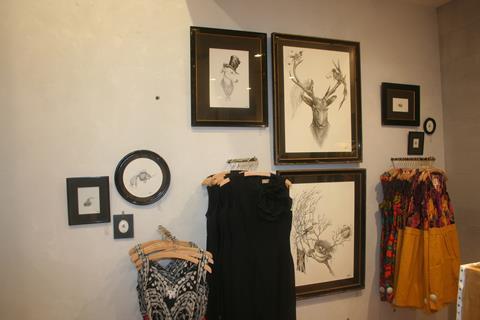
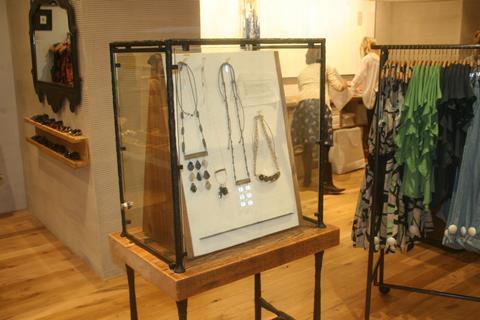
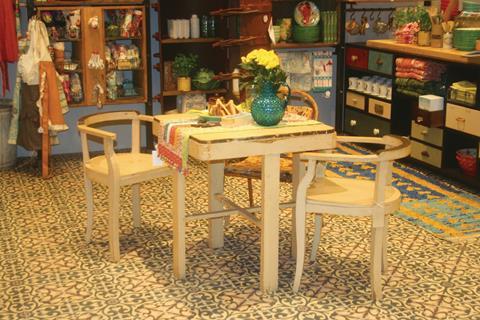

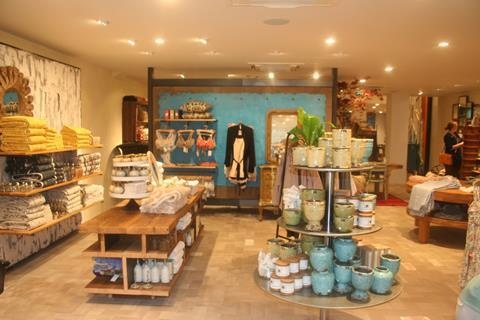

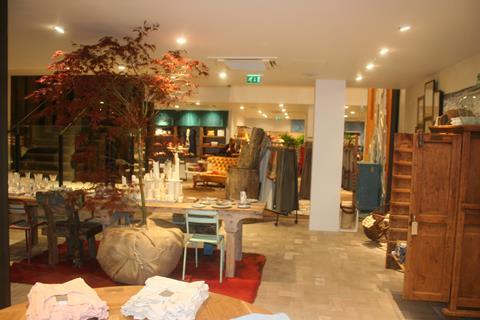
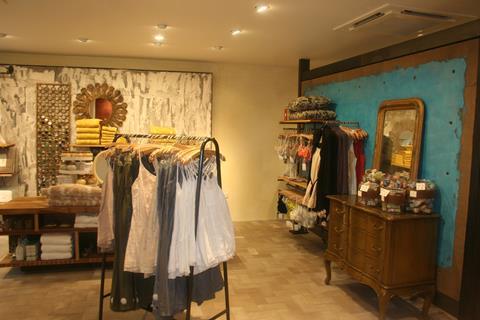

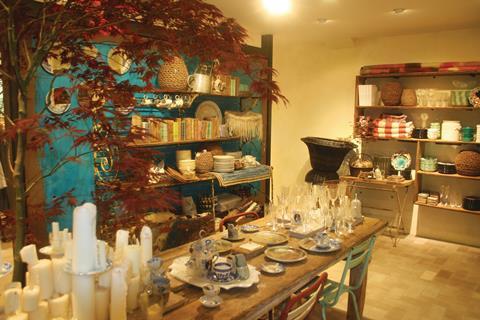





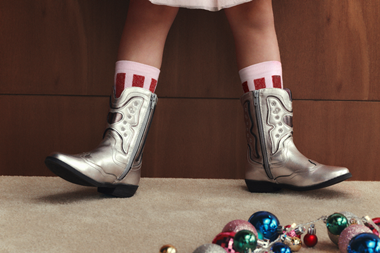
No comments yet